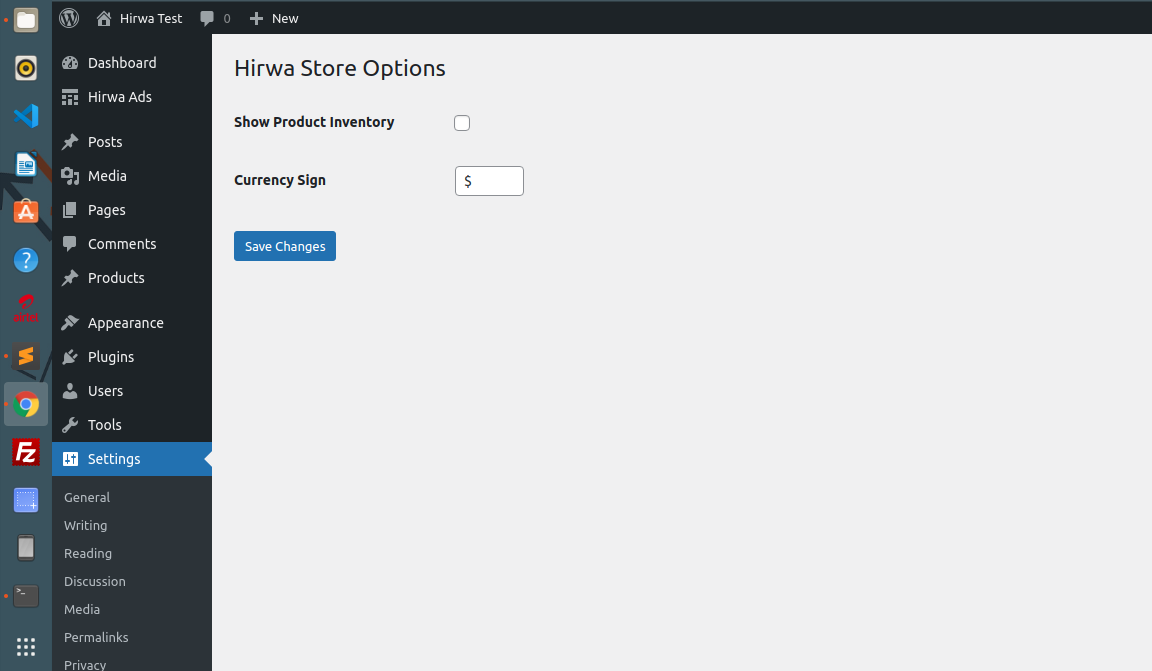Custom User Avatar
WordPress currently only allows you to use custom avatars that are uploaded through Gravatar. Custom User Avatar enables you to use any photo uploaded into your Media Library as an avatar. This means you use the same uploader and library as your posts. No extra folders or image editing functions are necessary.
This is a fork of the popular WP User Avatar plugin, before it became ProfilePress, and is free of all advertising.
Why this was forked from WP User Avatar and what is different?
The original WP User Avatar, popular amongst users wishing to simple manager their site avatars, was renamed to ProfilePress at version 3.0 and made into a full membership plugin. A lot of users, however, didn't want the new functionality. On top of this, some people reported increasing errors and decreasing site speed as a result. Indeed, the resulting up-roar even made WP Tavern.
This, therefore, is a fork of the plugin before all that occurred, at version 2.2.16.
What has changed from that? Apart from renaming it, all advertising has been removed (and will remain removed), along with some redundant files. It also now uses the automatic translation service which comes as being part of the plugin directory. Other than that, a few minor tweaks have been made, but nothing you are likely to (yet) notice.
What has been retained is the old naming of functions and settings - what this means is that if you used WP User Avatar before, your existing configuration will automatically work with this plugin as well. Shortcodes and functions calls too remain exactly the same too.
What are the future plans for this plugin?
Please see the Github issues page for full details, but essentially...
- Tidy up the existing code, including code quality
- Compression of the plugin scripts
- Improving the images being used by the plugin
If you're aware of any bugs, please let me know, as I also want to get rid of many of those as possible.
What you may notice is a lack of new features - that's not to say that won't happen, but I want to ensure stability. Let's improve the robustness of the code and consider new, shiny things after that.


